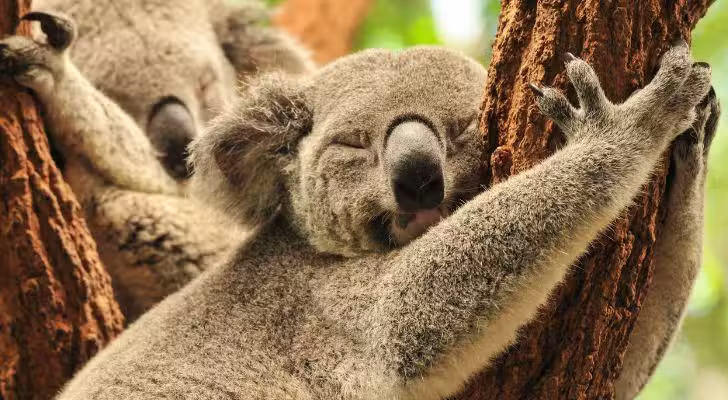
Koalas have two thumbs.

Imagine having two thumbs on each hand. That’s weird, right?
But for the koala, it makes perfect sense. Thumbs are incredibly useful for grabbing and holding items.
In the case of koalas, having two thumbs helps them grab and reach higher branches with ease.
Therefore, this meets the needs of koalas, who climb trees for shelter, food, and protection from predators.
Australia has the largest population of feral camels in the world.
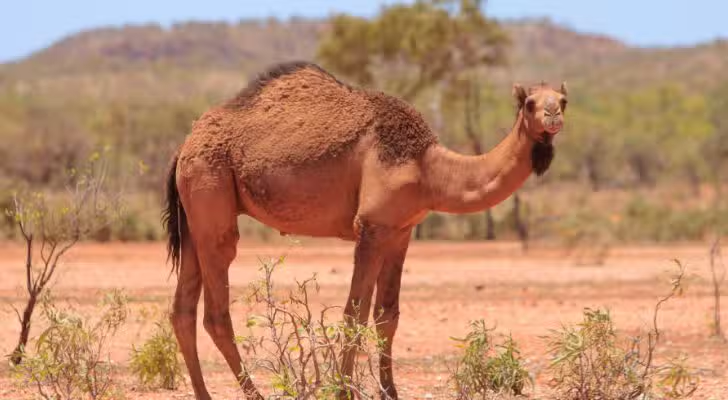
In the 1840s, camels were imported to Australia to help transport people and goods.
This seemed like a great idea at the time since camels could handle the scorching heat in the arid, outback environment.
Eventually, when better means of transportation, like trucks and cars, became available, these camels were released into the wild.
They’ve lived there ever since and have grown to a population of about 300,000.
They’re actually considered a major pest in Australia now, causing widespread destruction to fences on outback farms.
Koalas are the sleepiest animals in the world.

Koalas live for two things: eating and sleeping. And when they eat, they eat a lot, consuming up to one kilogram of eucalyptus leaves daily.
After a large meal of eucalyptus leaves, there’s only one thing left for them to do: hit the sack.
Koalas can sleep for more than 20 hours daily, making them the sleepiest animals in the world.
The Australian inland taipan is the world’s most venomous snake.
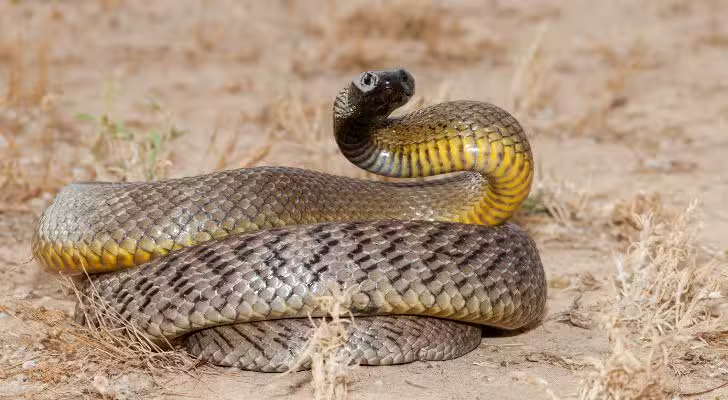
Sorry to add to the stereotype that Australia is home to the most dangerous wildlife. However, it indeed houses the world’s most venomous snake, the inland taipan.
The venom from a single bite by the inland taipan is potent enough to take out 100 adult men.
Thankfully, this snake is typically shy, and you’re unlikely ever to encounter one as they live in remote, arid environments where people rarely go.
Kangaroos have a rat-sized distant cousin.
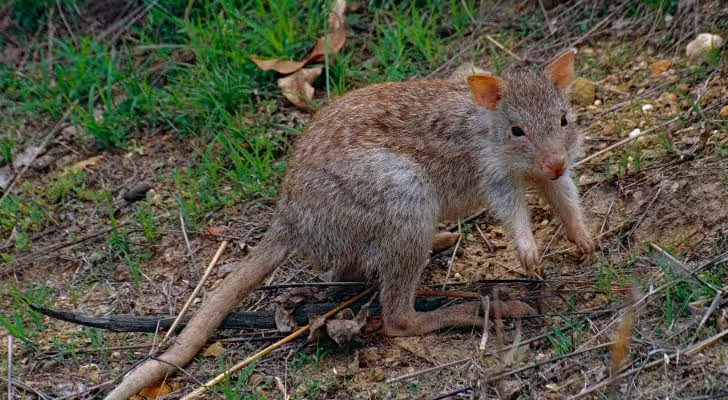
Yes, we all know the muscular kangaroos that stand as tall, if not taller than humans. But did you know that they also have a less intimidating relative about the size of a rat or bunny?
The rufous rat-kangaroo is a small species, only about 15.4 inches (39 centimeters) long.
It looks like a mini kangaroo hopping around and even has a pouch for its babies.
Kangaroos are the only large mammals that use hopping as a way to get around.
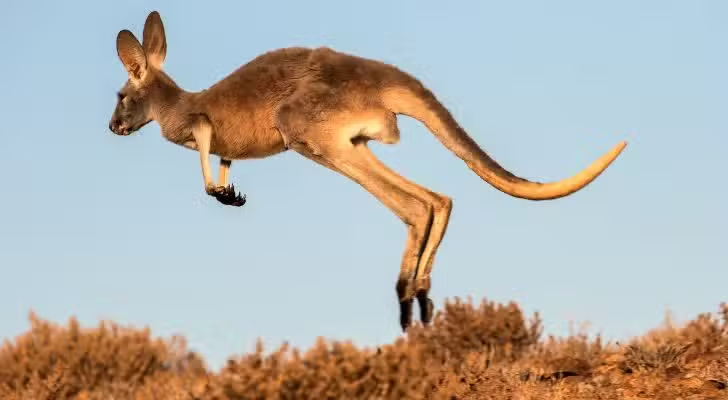
What do kangaroos, hares, and bunnies have in common? Well, it’s certainly not their size!
They all move by hopping or leaping. But unlike the smaller animals in this category, kangaroos are enormous and can grow up to 8 feet (2.4 meters) tall.
The kangaroo’s strong hind legs have spring-like tendons that help to lift it off the ground smoothly.
This means they don’t tire quickly and can move as fast as a car, reaching speeds of up to 40 miles per hour (64 kilometers per hour).
Koalas are the only non-primates with fingerprints like humans.
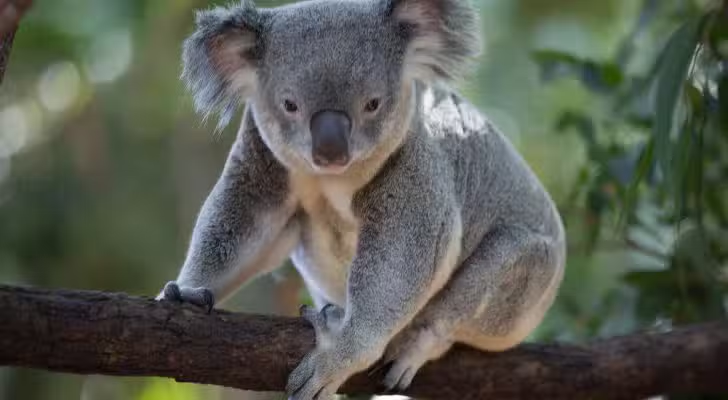
If you looked at a koala’s paw, you’d see the grooves that form a defined fingerprint. Just like in humans, each koala’s fingerprint is unique.
Although the fingerprints of a koala might look similar to that of humans at first glance, they’re easily distinguishable upon closer inspection.
Wombats have cube-shaped poo.
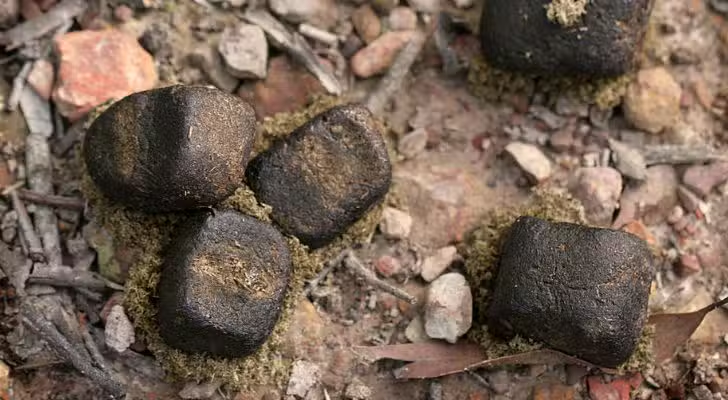
They’re cute, they’re fuzzy, and they mark their territory with cubic poop. What’s not to love?
These blockish bowel movements aren’t just for aesthetics; the shape ensures the droppings don’t roll away from the intended spot.
Now, wombats don’t have a cube-shaped anus or gut. Fascinatingly, they use the muscles in the walls of their intestine to mold their poop into cubes just before passing them.
The Tasmanian devil possesses the strongest bite force by size among mammals.
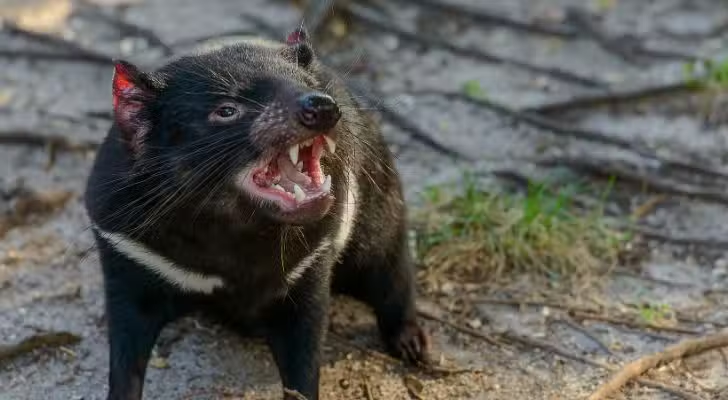
Tasmanian devils might look small but don’t underestimate them.
They can easily tear flesh and crush bones with their powerful jaws like it’s nothing. Not even cages or metal can resist the incredible Tasmanian devil bite.
The Tasmanian devil’s bite force quotient (its bite force in relation to its body size) is estimated to be around 181.
This is greater than that of any animal in its size class. For comparison, a tiger’s bite force quotient is 127, while a lion’s is about 112.
And for those that were wondering, yes, this is the same creature that Looney Tunes’ iconic Taz was based on!
The platypus is quite possibly the world’s oddest mammal.
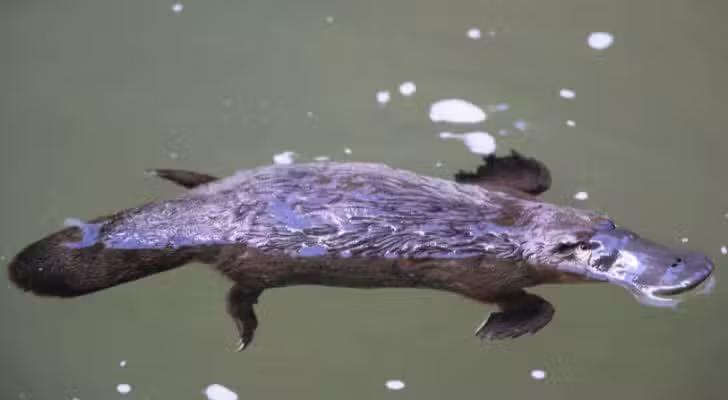
At first glance, platypuses don’t look that weird. Then you start to notice the oddities.
It looks like a duck with its beak and webbed feet, yet its long, beaver-like body is covered with hair instead of feathers.
That’s not all, though. Although the platypus is a mammal, it lays eggs, something that no other mammal in the world does.
It also has a venomous spike on its hind legs and sweats milk from its pores to feed its young!
Wallabies can pause their pregnancy for up to 11 months.
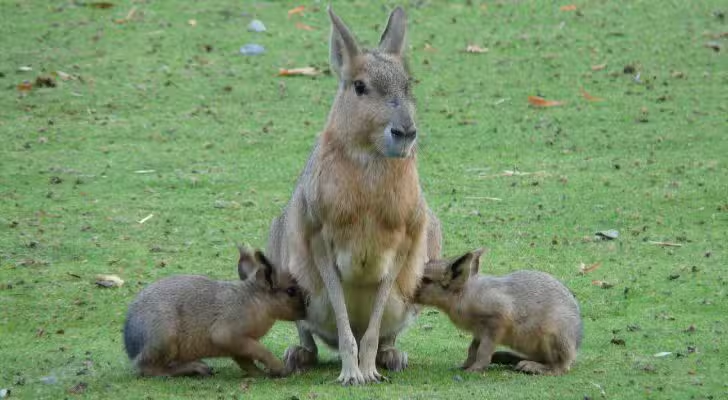
A normal pregnancy in a wallaby is short, typically lasting around 28 days.
However, if they sense that the environment isn’t great for their young, they can stop the development of the baby. This is a special survival strategy called embryonic diapause.
While some other animals, like kangaroos, can also pause pregnancies, wallabies are among the few that can sustain this pause the longest.
Kookaburras stop laughing if kept alone in captivity.
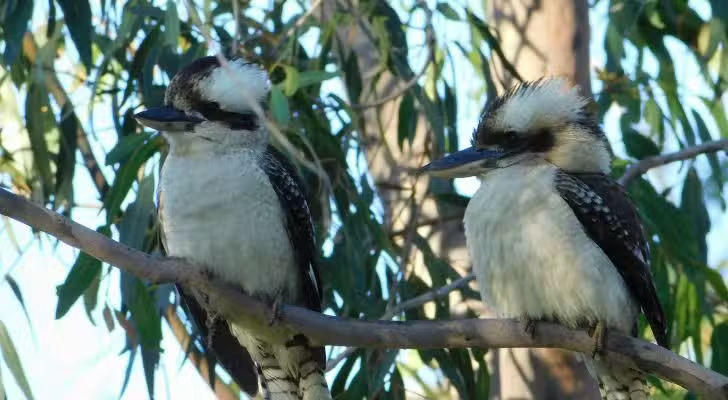
In the wild, the laughter-like sound of kookaburras is unmistakable and is often heard at the start and end of the day.
Yet, it serves a greater purpose than just being a natural alarm clock.
A kookaburra’s laughter is its call, which it uses to communicate with others and mark their territory.
As a result, they go silent when they are held in captivity alone with no one to communicate with.
Quokkas are nicknamed the world’s happiest animals.
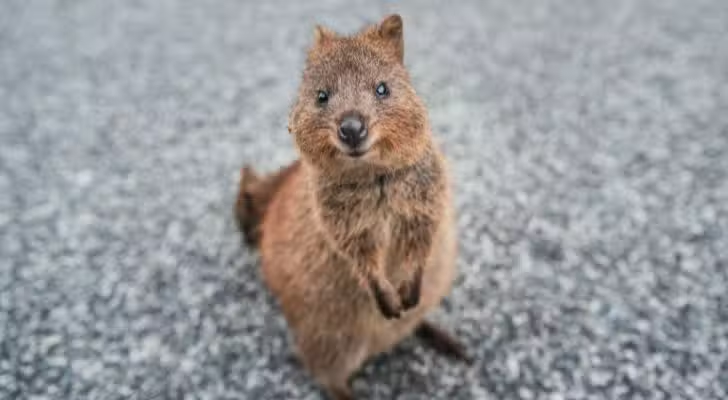
Almost every time you see photos of quokkas, they’re always beaming with smiles on their cute teddy bear faces.
This has earned them the title of the world’s happiest animals.
But it’s not really a smile; that’s just how their mouths and fur are arranged!
Nevertheless, these tiny kangaroo relatives have a cheerful and curious vibe. They’re generally friendly and social creatures, so don’t be surprised if they approach you.
Kangaroos are usually left-handed.
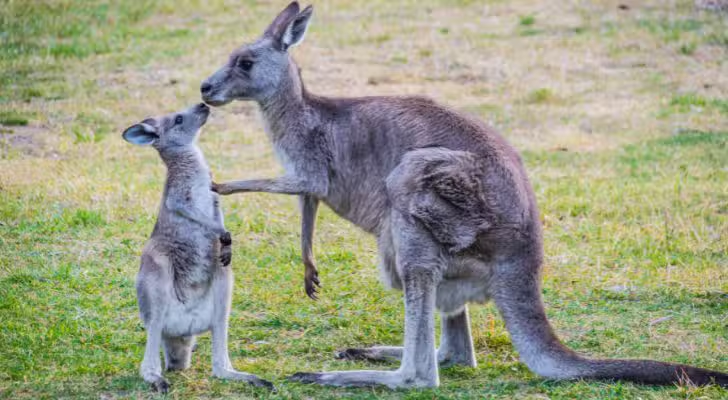
Humans aren’t the only ones who prefer to use one limb more than another.
According to scientists, the major kangaroo species, such as the eastern grey kangaroo and red kangaroo, are primarily left-handed.
One species of wallaby, the red-necked wallaby, was also found to favor its left paw.
To determine which hand these unique marsupials used, scientists observed which paw they used to do common everyday tasks like feeding and grooming.
The thorny devil has two heads.
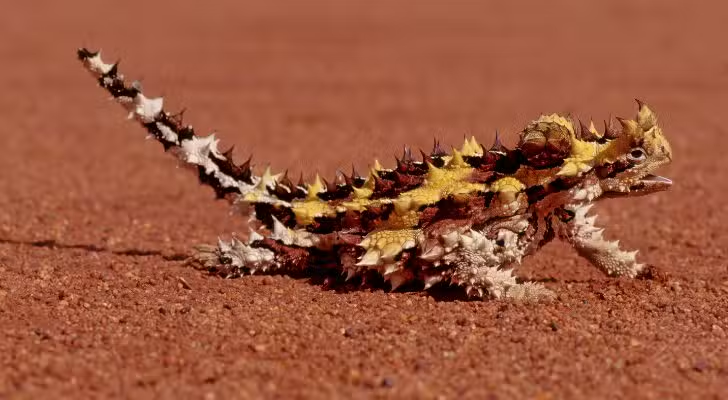
Ah, the thorny devil, a lizard so bizarre that it was named Moloch horridus, “moloch” after a bloodthirsty god, and “horridus” meaning “horrible or causing horror.”
This Australian lizard doesn’t actually have two heads but has a second head-shaped knob on its neck that it uses to trick predators.
When this lizard senses a threat, it tucks its real head underneath and presents the false one to the predator.
This brilliant distraction helps the thorny lizard escape the attack alive.
The Fitzroy River turtle breathes through its bum.
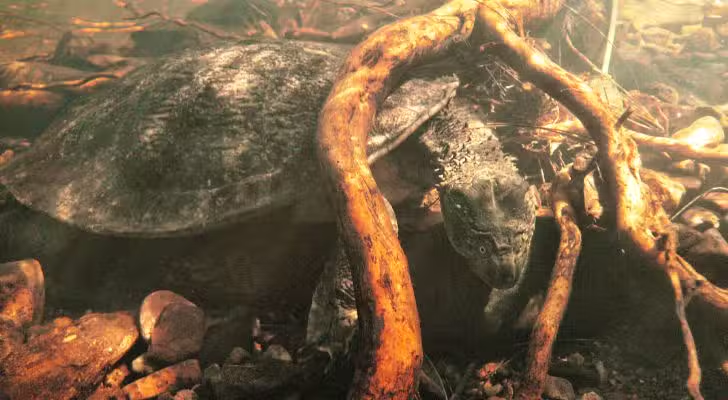
Cloacal respiration is the technical name for this process.
When the Fitzroy River turtle is underwater, it’s able to get most of its oxygen through blood vessels in its anus or cloaca.
This way, the turtle can stay underwater for up to three weeks at a time without having to come up for air.
Numbats eat up to 20,000 termites daily.
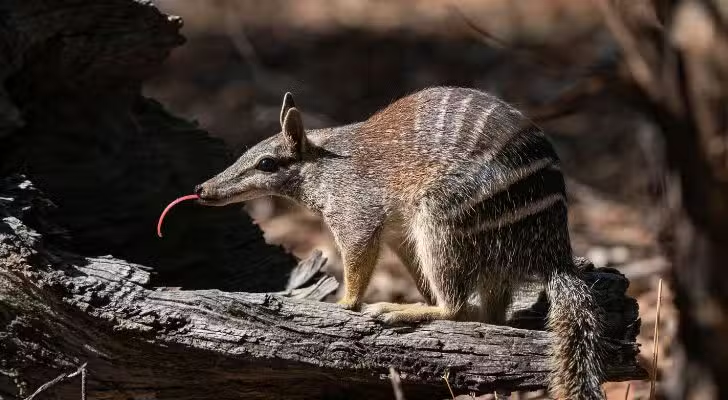
Numbats are a bit like anteaters, with a large appetite for termites and other insects.
But it can take thousands of these tiny insects to fill the adorable numbat’s large stomach.
Using their sensitive noses, numbats can trace termites to their nest.
Once they find one, they reach inside the tiny crevices with their long, sticky tongues, grabbing many termites with each swoop.
Dingoes can turn their heads completely to face the back.
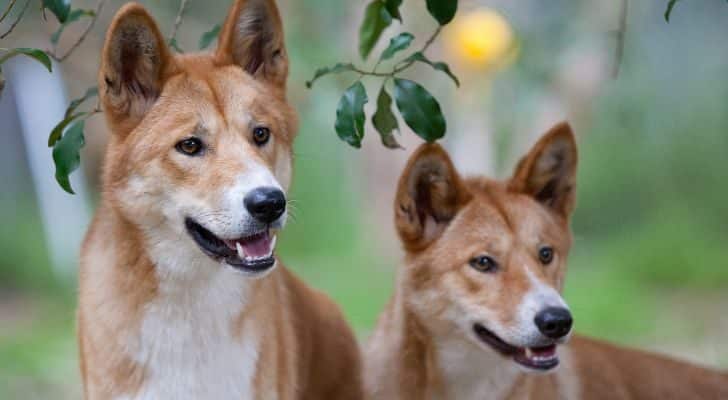
Dingoes look a little like dogs but are not like your typical pet. They are wild and not that closely related to dogs at all.
One thing dingoes can do, but your pet dogs can’t, is turn their heads to face the back.
They can make a 180-degree turn in each direction, allowing them to see their prey more clearly.
Emus are speedy runners.
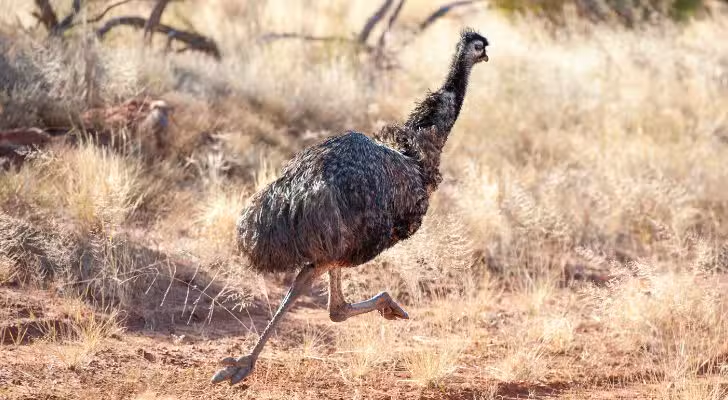
Emus are the second largest birds in the world, but they have very small wings. So, while they are , they can still move very fast.
With their long legs, emus can cover 9 ft (274cm) in just one stride and run at speeds of up to 30 miles per hour (48 km/h).
Marsupial moles have skin covering their eyes.
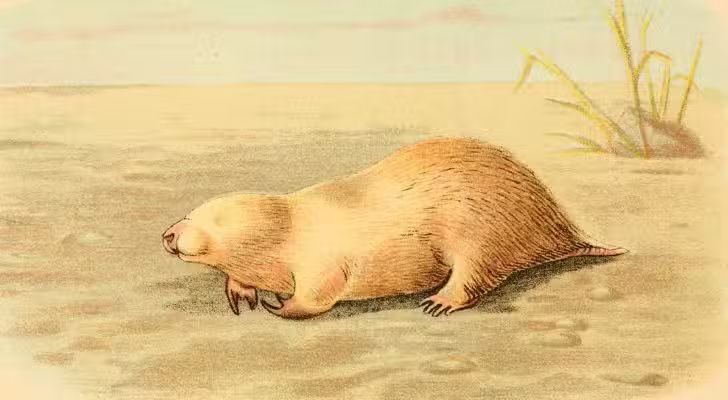
Most moles in the world aren’t blind; they just have terrible eyesight.
Australia’s Marsupial moles actually are blind because their eyes don’t work. These nonfunctional eyes are small in size, and their eyelids are sealed shut.
That’s no problem for marsupial moles, though, as they spend their lives burrowed under the sand in Australia’s deserts.
Instead of sight, they rely on their sense of hearing and smell and can dig so well that they’re described as practically “swimming” through the sand.
Emu chicks are raised by their fathers.
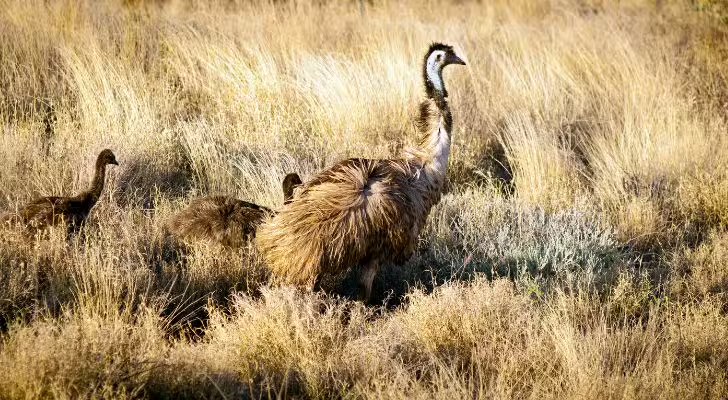
After the female emus lays her eggs in the nest, the males take over.
These dedicated dads do all the work by sitting on the eggs for about 56 days until they hatch. During this time, male emus hardly eat and typically lose a lot of weight.
But the Emu dad’s job isn’t done after the chicks hatch. They continue to look after the young till they’re fully grown.
Sure, some Aussie animals, like the inland taipan, are dangerous, and you don’t want to encounter them. But not every creature on this continent is out to get you.
Take, for example, the cheerful quokka and charismatic kookaburras. They’re both harmless yet totally adorable.
Regardless, the animals of Aus, both harmful and harmless, have unique quirks that will leave you amazed.

